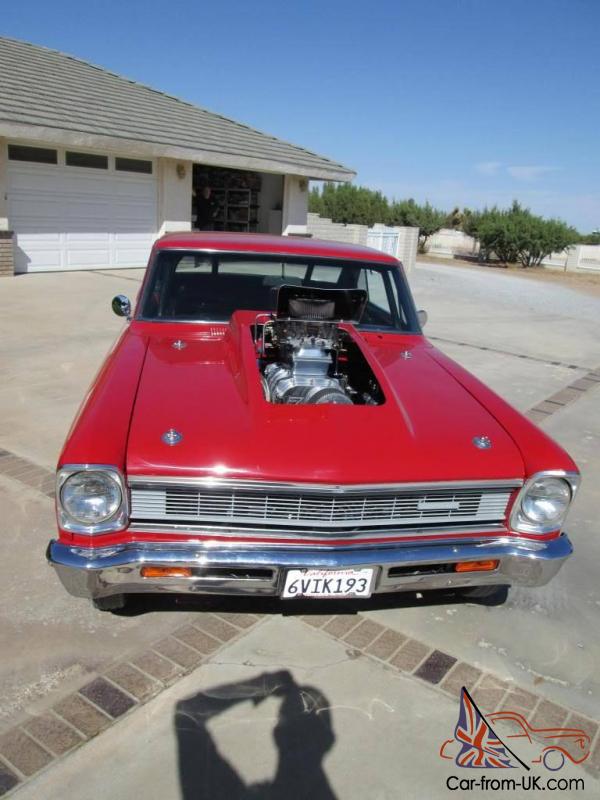

The same can be said for the L71 and L72 427s. The less powerful engine option would receive the four-barrel carb, while the higher-tier model would receive the Holley three-two barrel arrangement. For instance, the 元6 and L68 are nearly identical engines other than the carburetor type. Chevy tended to provide a four-barrel carbureted and optional three-two barrel Tri-power option for each main spec engine. Induction method is another key differentiator between the 427 models. Top 427 engines, including the L71, L72, L88, L89, and ZL-1 engines, all use forged steel crankshafts for added strength. Additionally, the L72 uses a high-rise aluminum intake manifold. The ZL-1 is constructed entirely from aluminum. In comparison, the L88 and L89 feature rectangular port aluminum heads. For instance, 元6, L68, L71, and L72 all have cast iron heads. Other than differences in compression ratio, engine construction materials also vary between them. In a time when forced induction wasn’t as popular, aggressive cams and higher compression made a big difference to horsepower. 元6 and L68 engines have a 10.25:1 compression ratio, L71, L72, and L98 engines have an 11.0:1 ratio, and L88 and ZL-1 engines have a 12.5:1 ratio. While displacement is the same on all 427 engines, compression ratio varies a fair amount between them. All seven 7.0L Big-Block variants have the same 4.251 x 3.760 stroke and bore. The most important similarity is displacement. On paper, all of the Chevy 427 engines from 1966-1969 share a similar construction. These changes produced significant improvements to volumetric efficiency and better performance higher in the rev range. Valve placement was also altered, giving them an inclined position in which they opened away from the cylinder walls. The Mark IV ditched the previous chamber-in-block design in favor of a more traditional wedge chamber attached to a 90-degree deck. The Mark IV 427 Big Block represented a big step for Chevrolet, as the 427, and Mark IV V8 platform as a whole, differed significantly from the previous W-series design. Ranging from the 390 horsepower, low-compression 元6 to the 560 horsepower, race-derived L88, the Chevy 427 proved to be a relentless powerhouse for a number of production Chevy vehicles between 19. In just 3 short years, the Mark IV Chevy 427 big block cemented its status as the bad boy on the block in the muscle car world. The second generation of Chevy Big Blocks won’t ever be forgotten.


 0 kommentar(er)
0 kommentar(er)
